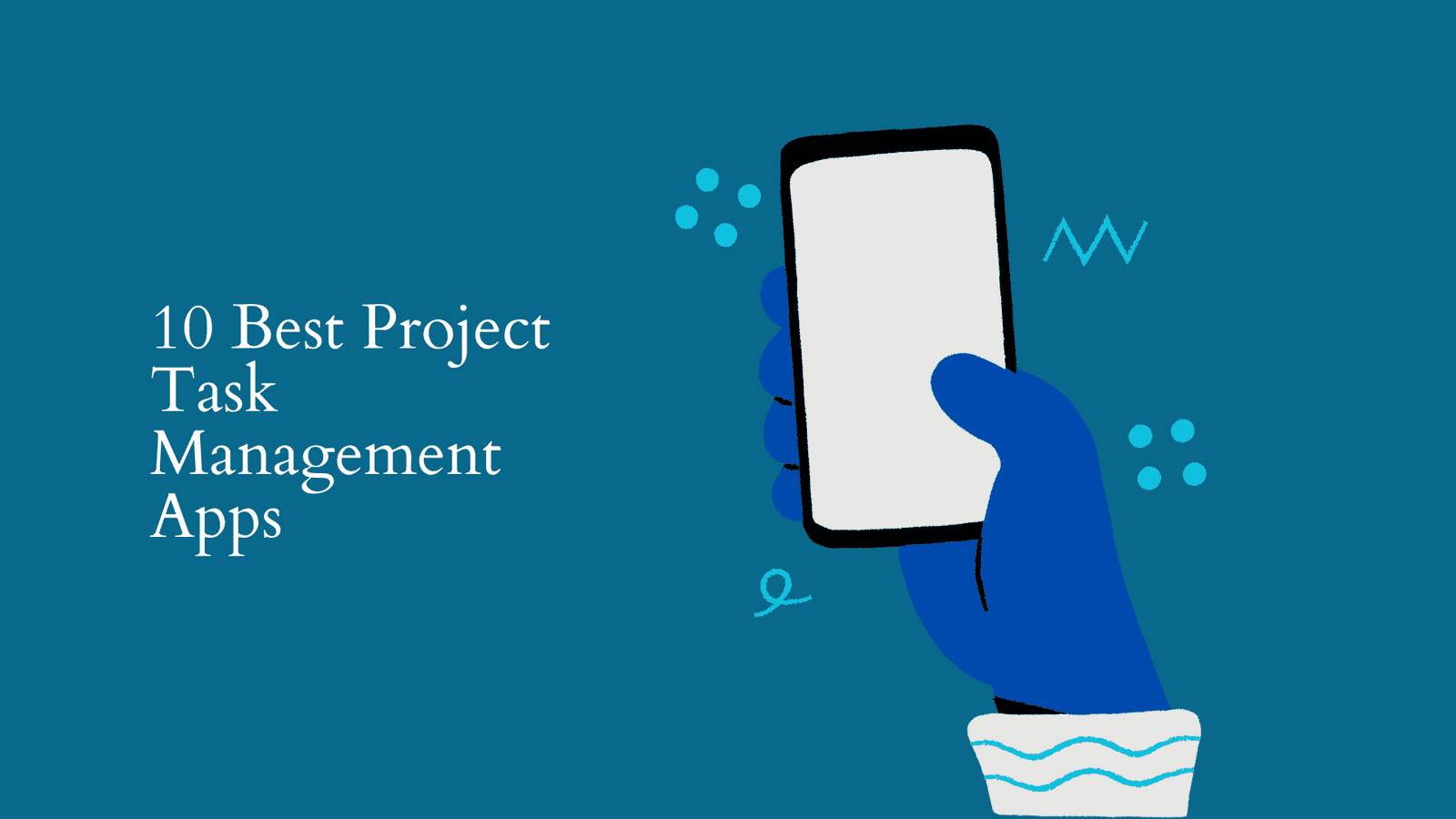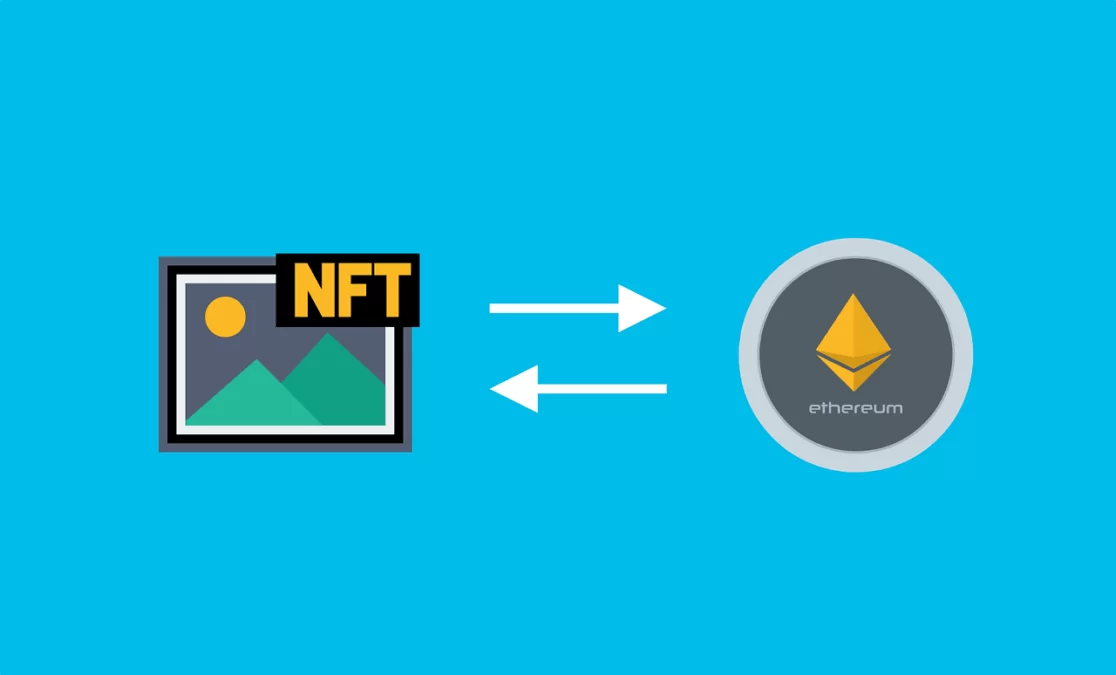Explore the 10 best stock market apps for Android, tailored for every type of investor. Discover key features, pricing, and comparisons to find the perfect trading platform for your needs!
Explore the 10 best stock market apps for Android
Here’s a curated list of the best stock market apps for Android, tailored for different investor needs (beginners, active traders, international users, etc.), with key features, pricing, and a comparison to help you choose the right platform:
1. Robinhood
Key Features:
- Zero-commission trades for stocks, ETFs, options, and cryptocurrencies.
- Fractional shares allow you to invest in high-priced stocks with smaller amounts.
- Easy-to-use interface tailored for beginners, making it simple to buy and sell assets.
- Instant deposits enable fast trading without waiting for funds to settle.
Best For:
- Beginners and casual investors who want a straightforward trading experience without complex tools.
Why Stands Out:
- Robinhood is known for democratizing finance, allowing you to start investing with little money, and its engaging user experience encourages novice investors to learn about the market.
2. Webull
Key Features:
- Comprehensive trading tools including advanced charting with technical indicators and multiple time frames.
- Ability to trade during extended hours (pre-market and after-hours).
- Remove barriers with a paper trading option, letting you test strategies without financial risk.
- Customizable watchlists and alerts to stay informed about market movements.
Best For:
- Active traders and intermediate investors who want access to powerful trading tools without paying commissions.
Why Stands Out:
- Webull provides free Level 2 market data, which is vital for active traders aiming to capitalize on market movements, thereby enhancing decision-making.
3. Interactive Brokers (IBKR)
Key Features:
- Access to a wide array of global markets, including stocks, options, futures, and forex.
- Professional-grade trading platforms catering to experienced traders.
- Competitive margin rates and flexible account types (individual, joint, IRA, etc.).
- Enhanced trading tools like the IBKR Trader Workstation (TWS) for comprehensive market analysis.
Best For:
- Experienced traders and international investors looking for a robust trading experience and access to different asset classes globally.
Why Stands Out:
- With its extensive range of investment options and low-margin requirements, IBKR is a clear choice for serious traders who need advanced features.
4. E*TRADE (by Morgan Stanley)
Key Features:
- Extensive research and educational tools from reputable firms like Morningstar and CFRA.
- Highly rated mobile app with a user-friendly interface for trading stocks and options.
- Offerings of automated portfolios (E*TRADE Core Portfolios) to manage investments passively.
- Commission-free trading allows for cost-effective management of investment strategies.
Best For:
- Long-term investors and those focused on retirement plans looking for comprehensive resources and insights.
Why Stands Out:
- E*TRADE includes diverse investment offerings and an exceptional customer support team available 24/7, which is invaluable for navigating complex trading scenarios.
5. Fidelity Investments
Key Features:
- Industry-leading research tools, including stock analysis and market insights.
- Offers zero-fee index funds and robust retirement planning tools (IRAs and 401(k) rollovers).
- A highly rated mobile application that allows for seamless account management.
- Streamlined user experience with customizable dashboards.
Best For:
- Hands-off investors and long-term retirement savers who prioritize low fees and high-quality research.
Why Stands Out:
- Fidelity’s commitment to competitive pricing and superior customer service makes it a highly trusted platform for investors of all levels.
6. Revolut
Key Features:
- Unique offering allowing for fractional shares across international stock markets.
- Instant global stock trading, alongside cryptocurrencies and commodities.
- Built-in budgeting tools and spending analytics provide a holistic financial management experience.
- Competitive exchange rates for trading in multiple currencies.
Best For:
- European investors and individuals seeking a multi-currency trading platform.
Why Stands Out:
- Revolut blends banking and investing in one app, catering to users who want to manage their finances and investments seamlessly.
7. Public.com
Key Features:
- Social investing features let you follow experienced investors and learn from their strategies.
- Thematic investments allow users to put money into sectors or trends they believe in, like “clean energy” or “AI.”
- No commission fees and the ability to create and invest in custom portfolios.
Best For:
- Beginners who want to learn through community engagement and focus on investing aligned with their values.
Why Stands Out:
- Public.com’s social aspect promotes learning and community interaction, making it a fun and educational investing environment.
8. TradingView
Key Features:
- Offers advanced charting tools with over 100 technical indicators and drawing tools.
- Extensive library of trading ideas shared by other traders, enhancing community engagement.
- Real-time alerts that keep you informed on moves in the market.
Best For:
- Technical traders and chart enthusiasts looking for a platform with top-tier charting tools.
Why Stands Out:
- TradingView’s highly customizable interface and community features make it popular among traders who rely on technical analysis.
9. M1 Finance
Key Features:
- A unique “pie” portfolio system allows for automated investments based on pre-defined allocations.
- Fractional shares enable investment diversity without needing a large sum of money.
- Dynamic rebalancing ensures your investment allocations stay on target.
Best For:
- Passive investors who want automation with a customized touch to their investing strategy.
Why Stands Out:
- M1 Finance combines the benefits of robo-advisors with complete control over your investments, making it ideal for those who want to customize their portfolios without active management.
10. Stockpile
Key Features:
- Allows you to buy fractional shares as gifts, perfect for introducing kids or new investors to the stock market.
- Offers custodial accounts for minor investors.
- Easy-to-use mobile app tailored for gift buying and trading.
Best For:
- Families and individuals looking to encourage new investors through gifting.
Why Stands Out:
- Stockpile’s unique approach to gifting and investing for kids ensures young investors learn financial responsibility in a meaningful way.
Side-by-Side Comparison
| App | Fees | Best For | Standout Feature |
|---|---|---|---|
| Robinhood | $0 trades | Beginners | Crypto + fractional shares |
| Webull | $0 trades | Active traders | Free Level 2 data + extended hours |
| Interactive Brokers | Low commissions | Global traders | Access to 150+ markets |
| E*TRADE | $0 trades | Research-focused investors | CFRA/Morningstar reports |
| Fidelity | $0 trades + funds | Retirement planning | Zero-fee index funds |
| Revolut | Free (Premium: $10/mo) | EU/UK investors | Multi-currency accounts |
| Public.com | $0 trades | Social learners | Thematic portfolios + education |
| TradingView | Free (Pro: $15/mo) | Technical analysis | Advanced charts + 100M+ community ideas |
| M1 Finance | $0 trades | Passive investors | Automated portfolio “pies” |
| Stockpile | $0.99/trade | Families/kids | Fractional share gifts |
Best Overall: Robinhood
Why It’s #1:
Robinhood’s user-friendly design, zero-commission trades, and instant access to stocks, ETFs, options, and crypto make it the top pick for most Android users. Its recurring investment feature and low barrier to entry (no account minimum) cater to new investors, while tools like cash management and IPO access add value. For advanced traders, Webull or Interactive Brokers are better options, but Robinhood’s simplicity and broad appeal earn it the top spot.
Key Considerations
- Fees: Most apps offer $0 commissions, but watch for hidden fees such as inactivity fees or wire transfer charges. Understanding the fee structure is crucial in managing costs effectively.
- Global Access: For those interested in investing internationally, Interactive Brokers or Revolut provides expansive market offerings beyond U.S. borders, which can enhance diversification.
- Fractional Shares: Investment in fractional shares means you can buy a piece of expensive stocks (like Google or Amazon) without committing a large sum of money, making investments more accessible.
- Security: Always prioritize apps with SIPC insurance (such as Fidelity and E*TRADE) and ensure they include features like two-factor authentication to safeguard your account.
Final Tip: Use TradingView alongside your broker for enhanced charting tools. Starting with a demo/practice account (offered by platforms like Webull) can provide a risk-free opportunity to experiment with different trading strategies and discover what works best for your investment strategy!
FAQs
1. What are the best stock market apps for Android?
The best stock market apps for Android include Robinhood, Webull, Interactive Brokers, E*TRADE, Fidelity Investments, Revolut, Public.com, TradingView, M1 Finance, and Stockpile.
2. Are there any commission fees?
Most apps offer $0 commission trades. However, it’s important to check for any hidden fees, such as inactivity or wire transfer fees.
3. Which app is best for beginners?
Robinhood is often recommended for beginners due to its user-friendly interface and zero-commission trades.
4. What features should I look for in a stock market app?
Key features to consider include commission fees, access to global markets, fractional shares, research tools, and security measures like two-factor authentication.
5. Can I trade internationally with these apps?
Yes, apps like Interactive Brokers and Revolut allow for trading in international markets, enhancing your investment options.
6. Is it safe to invest in these apps?
Look for apps with SIPC insurance and robust security features to protect your investments and personal information.
7. How can I get started with trading?
You can start by opening an account with your chosen app, and consider using demo accounts for practice and strategy testing before investing real money.


















